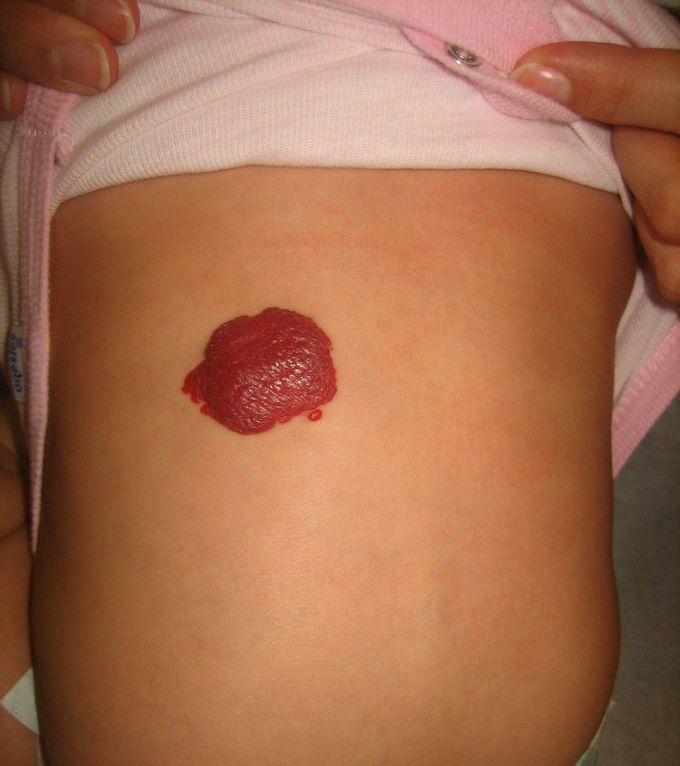


Infantile Hemangioma
Infantile haemangioma, also known as a strawberry naevus, is the most common benign vascular skin tumour in children. It is noticed in the first few weeks of life. A placental origin for infantile haemangioma is suggested due to GLUT1 protein expression. Risk factors for developing infantile haemangioma include low birth weight and maternal factors like advanced maternal age, subfertility treatment, multiple pregnancy, pre-eclampsia etc. Infantile haemangiomas are typically solitary and most are located on the head and neck region (60%). Involvement of internal organs is usually indicated by multiple cutaneous lesions. Most hemangiomas appear on the skin surface and are bright red. These are called superficial infantile hemangiomas and are non-pulsatile, non-tender papules and plaques and are warm to touch. Some are deep under the skin and look either blue or skin-colored; these are called deep infantile hemangiomas. When a deep and a superficial part are present, they are called mixed infantile hemangiomas.


